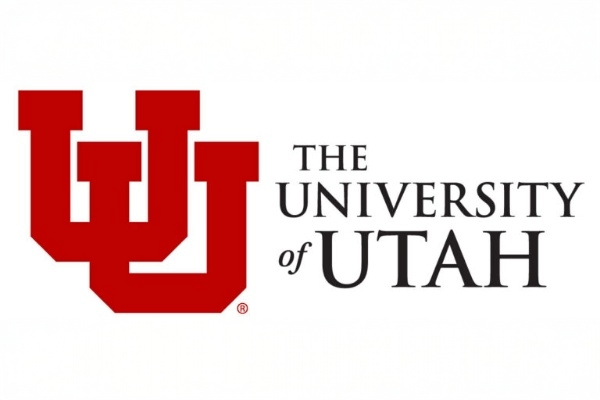
At B10 Capital, we help clients participate in a structured charitable contribution program built around verified, museum-quality historical materials. One of the most notable categories of items used in this structure is a collection of original railroad documents connected to early Utah and Western industrial history.
These materials are preserved today at the J. Willard Marriott Library at the University of Utah, where they are cataloged, protected, and made accessible to researchers and the public. To learn more about the historical background of these documents, visit the University of Utah’s article here:
https://blog.lib.utah.edu/bamberger-family-collections-chronicle-turn-of-the-century-industry/

B10 Capital partners with Dr. Micah Christensen, MFTA, PhD, of Anthony’s Fine Art and Antiques, a respected scholar and dealer who sources, authenticates, and prepares these materials. His expertise ensures that all railroad documents and archival items used in the program are historically significant, accurately verified, and appropriate for donation to accredited institutions.
Through this partnership, our clients gain access to rare pieces that align with IRS requirements for charitable contributions, supported by independent appraisal and clean provenance.
Dr. Christensen identifies and verifies historically significant items, such as original railroad documents, engineering records, maps, correspondence, and industrial archives.
Clients either:
• Purchase specific historical assets directly, or
• Purchase an interest in an LLC that already owns a collection of assets, which allows for donation sooner than the standard 366-day holding period.
A qualified third-party appraiser establishes the fair market value required for IRS Form 8283 and deductibility.
The assets are donated to a 501(c)(3) organization, such as a university library or special collections department, which formally accepts, catalogs, and preserves them.
Clients receive a full, filing-ready documentation package, including appraisal, purchase records, donation receipts, and institutional verification. B10 Capital does not file tax forms on behalf of clients but provides everything needed for the CPA to do so.
• Verified provenance supported by academic institutions and professional scholars.
• Clear documentation trail including purchase records, appraisal reports, and institutional acceptance.
• High educational value through long-term preservation and public access.
• Strong compliance framework with independent experts validating each step.
This combination of authenticity, appraised value, and institutional stewardship helps ensure that clients receive a charitable contribution aligned with IRS expectations and supported by professional oversight.
If you would like to learn how this structured approach works and whether it may fit your tax planning, our team can provide a personalized benefit analysis and walk you through the entire process with full transparency.
Insights into sophisticated tax benefits designed for high-net-worth individuals and businesses.